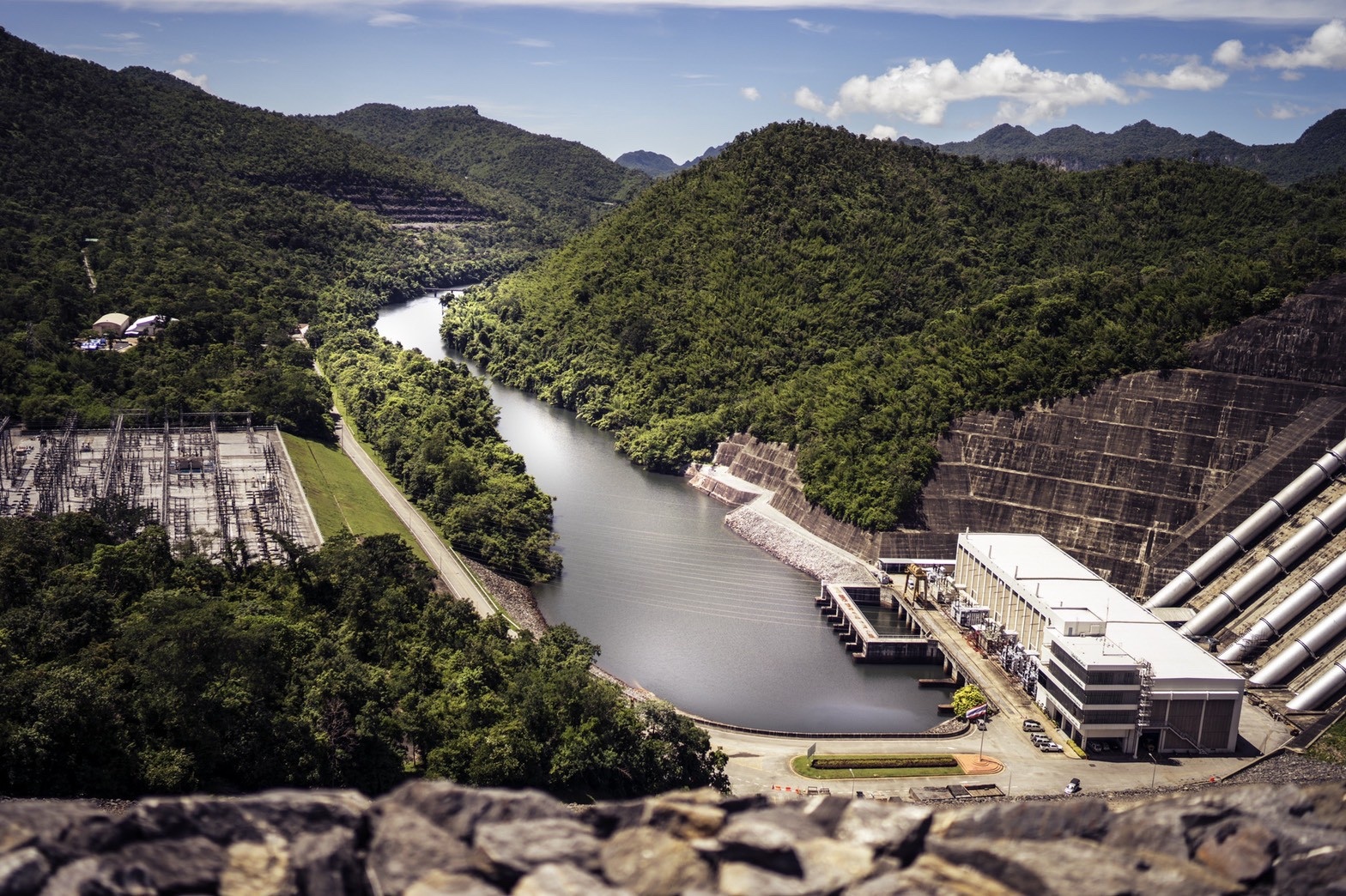
การเพิ่มขึ้นของประชากรส่งผลให้มีการเจริญเติบโตอย่างรวดเร็วของภาคครัวเรือน ภาคเกษตรกรรม และภาคอุตสาหกรรมอย่างมาก ส่งผลให้เกิดการปล่อยสารมลพิษอุบัติใหม่ (emerging pollutant) ได้แก่ สีย้อม ยา ฮอร์โมน ผลิตภัณฑ์เพื่อสุขภาพและความงาม สารกำจัดศัตรูพืช และสารรบกวนการทำงานของต่อมไร้ท่อลงสู่แหล่งน้ำธรรมชาติเป็นปริมาณมาก [3] ซึ่งในปัจจุบันยาเป็นสารมลพิษอุบัติใหม่ที่พบปนเปื้อนในแหล่งน้ำธรรมชาติค่อนข้างมาก โดยโรงพยาบาลถูกพิจารณาว่าเป็นแหล่งกำเนิดที่มีความสำคัญ รายงานปริมาณยาที่ปนเปื้อนในแหล่งน้ำและในโรงพยาบาล
The rapid increase of population has expanded the domestic, agriculture, and industrial sectors leading to the enormous release of emerging pollutants (EPs) including dyes, pharmaceuticals, hormones, personal care products (PPCPs), herbicides, and endocrine disrupting agents. [3] Nowadays emerging pollutants have been found to significantly contaminate natural bodies of water. Hospitals are the primary source of antibiotics. There is evidence of traces of antibiotics found in hospital wastewater treatment plant outlets as well as downstream rivers.
โดยทั่วไปการกำจัดสารมลพิษที่ปนเปื้อนในแหล่งน้ำจะนิยมใช้การกำจัดโดยกระบวนการดูดซับเนื่องจากเป็นวิธีที่ให้ประสิทธิภาพสูง ราคาถูก และดำเนินการง่าย [4] ซึ่งวัสดุดูดซับที่นิยมใช้ได้แก่ วัสดุคาร์บอนที่มีรูพรุน (activated carbon/porous carbon/biochar) เนื่องจากมีคุณสมบัติเฉพาะตัว เช่น มีพื้นที่ผิวจำเพาะและปริมาตรรูพรุนสูง มีการกระจายตัวของรูพรุนที่ดีและมีสมบัติต้านทานการกัดกร่อน [5] วัสดุคาร์บอนที่มีรูพรุนสามารถสังเคราะห์ได้หลากหลายวิธีและสามารถใช้วัสดุตั้งต้น (precursor) ที่แตกต่างกันออกไป โดยในช่วงไม่กี่ปีที่ผ่านมาวัสดุชีวมวล วัสดุเหลือทิ้งจากการเกษตร และวัสดุเหลือทิ้งจากโรงงานแปรรูปผลิตผลเกษตรเป็นที่นิยมในการใช้เป็นสารตั้งต้นในผลิตเป็นวัสดุคาร์บอนที่มีรูพรุน เนื่องจากมีความหลากหลาย ต้นทุนต่ำ มีปริมาณมาก ไม่ขาดแคลน [6] และคุณสมบัติที่โดดเด่นคือสามารถปรับปรุงคุณสมบัติเชิงรูพรุนและสมบัติเชิงพื้นผิวให้มีความเหมาะสมกับสารมลพิษที่ต้องการกำจัดได้ โดยการปรับปรุงคุณสมบัติทำได้หลากหลายวิธี มีงานวิจัยหลายงานที่พยายามปรับปรุงคุณสมบัติของวัสดุชีวมวลให้มีพื้นที่ผิวจำเพาะเพิ่มสูงขึ้นทั้งผ่านกระบวนการกระตุ้นทางกายภาพและกระบวนการกระตุ้นทางเคมี
Typically, the removal of toxic chemicals in water is done by the adsorption process due to its high efficiency, cost effectiveness, and ease of operation. [4] Common adsorbents include activated carbons, porous carbon, and charcoal. These adsorbents possess specific properties such as high surface area, high porosity, uniform pore distribution, and corrosion resistance. [5] There are several ways to synthesize porous carbon from various precursors. In recent years, biomass, agricultural waste, and industrial waste have gained popularity as a carbon precursor as they are varied in compositions, low cost, and abundant. [6] Furthermore, they could be tailored to particular adsorbates in terms of porosity and surface functionality. There are many ways to enhance the property of biomass in literature which can be categorized into two main groups; physical and chemical activation.
Reference
[1.] Sinthuchai, D., et al., Evaluation of removal efficiency of human antibiotics in wastewater treatment plants in Bangkok, Thailand. Water Science and Technology, 2015. 73(1): p. 182-191.
[2.] Anh, H.Q., et al., Antibiotics in surface water of East and Southeast Asian countries: A focused review on contamination status, pollution sources, potential risks, and future perspectives. Science of The Total Environment, 2021. 764: p. 142865.
[3.] Sarkar, B., et al., 24 – Sustainable sludge management by removing emerging contaminants from urban wastewater using carbon nanotubes, in Industrial and Municipal Sludge, M.N.V. Prasad, et al., Editors. 2019, Butterworth-Heinemann. p. 553-571.
[4.] Sun, B., et al., Waste-cellulose-derived porous carbon adsorbents for methyl orange removal. Chemical Engineering Journal, 2019. 371: p. 55-63.
[5.] Tanaka, S., et al., Synthesis of ordered mesoporous carbons with channel structure from an organic–organic nanocomposite. Chemical Communications, 2005(16): p. 2125-2127.
[6.] Dai, Y., et al., Utilizations of agricultural waste as adsorbent for the removal of contaminants: A review. Chemosphere, 2018. 211: p. 235-253.
About us
ผศ.ดร. ณัฐพร โทณานนท์ [Asst.Prof.Nattaporn Tonanon, D.Eng.]
Department of Chemical Engineering, 9th Floor, Building,
Faculty of Engineering, Chulalongkorn University, Bangkok 10330, Thailand
Email: nattaporn.t@chula.ac.th Tel: 086 629 1818 fax: 02 218 6877

Pingback:Removal of antibiotics in Wastewater - emerging pollutants
Pingback:Porous carbon from biomass - biomass2carbon.eng.chula.ac.th